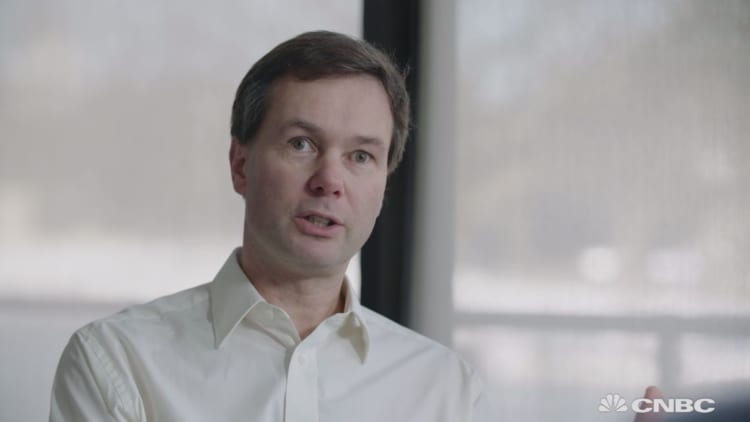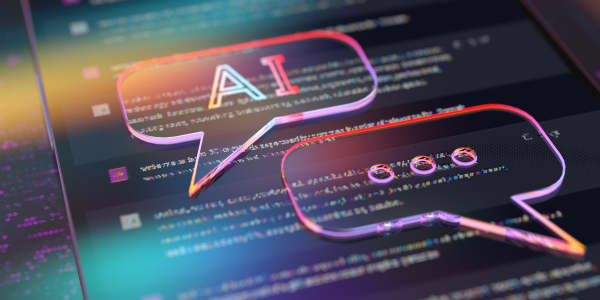
IBM has been breaking new ground in the technology sector for more than a century.
In the last 20 years or so, it has developed technology that would not look out of place in a science fiction novel.
In 1997, for instance, its supercomputer Deep Blue took on and defeated chess grandmaster Garry Kasparov. In 2011 another supercomputer, Watson, beat two "Jeopardy!" champions, correctly answering questions on topics as varied as literature, music, and sport.
The company has not stood still in the years since that historic, and slightly surreal, game show win. "After that we broke the Watson capability into lots of little pieces called services, and we put them in the IBM cloud so that people can now access the part of it that they want," Andy Stanford-Clark, the chief technology officer for IBM in the U.K. and Ireland, told CNBC.
Stanford-Clark describes Watson – named after Thomas J. Watson, the company's former chairman and CEO – as being a platform that allows users to have access to image recognition, voice recognition, language translation, pattern matching and "all the different types of analytics you might want to use."
The applications of Watson are varied, and Stanford-Clark says that IBM is working with "quite a lot" of businesses that make machinery. One such company is German-based Schaeffler which, among other things, helps make big industrial assemblies such as train carriages.
The business is developing what Stanford-Clark describes as a digital twin. "It's a digital model, inside Watson, of the physical system," he said. "They feed the digital model with data from … sensors on the real system and then they can then prod about on the digital model and ask 'what if?' questions."
Stanford-Clark adds that these questions could include asking: "What if we run it for twice as many miles before we service it? What if we change the tension on this bearing?" These "what ifs" could be run first on the digital model rather than risking anything on a physical system.
The ability to spot a problem before it happens is becoming a useful tool. "That's one of the areas where (the) internet of things has really helped in the industrial space, is to be able to predict what's going to happen, what's going to fail based on past history," Stanford-Clark said.
IBM is also doing work related to what Stanford-Clark describes as acoustic monitoring. "You actually dangle a microphone down a lift shaft and … listen to those creaks and groans and grumbles which, when we get in the lift we go, 'there's something wrong with this lift'."
Watson, according to Stanford-Clark, would be able to say if there was something wrong with the lift and call an engineer out before anything broke.
Follow CNBC International on Twitter and Facebook.




